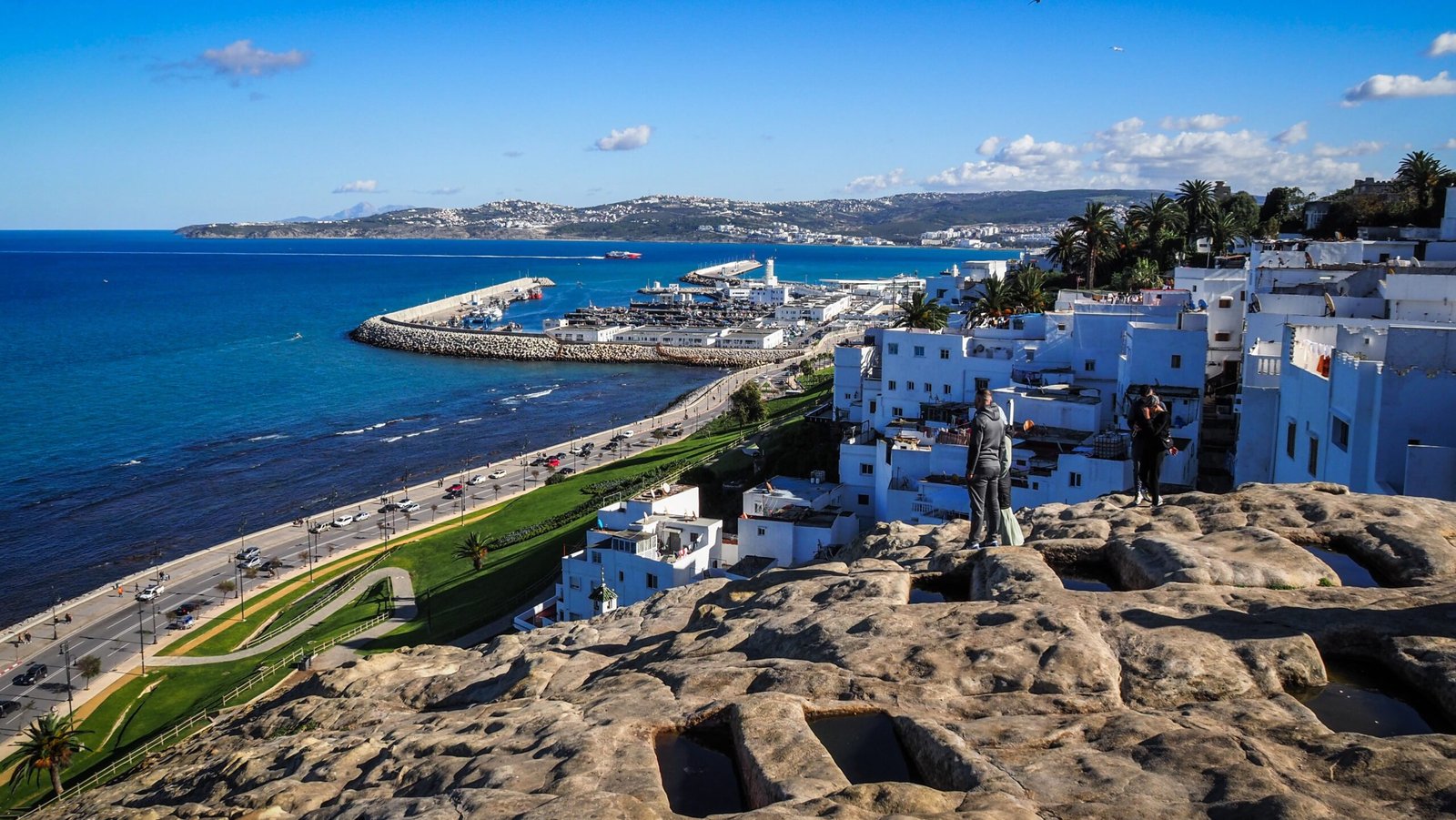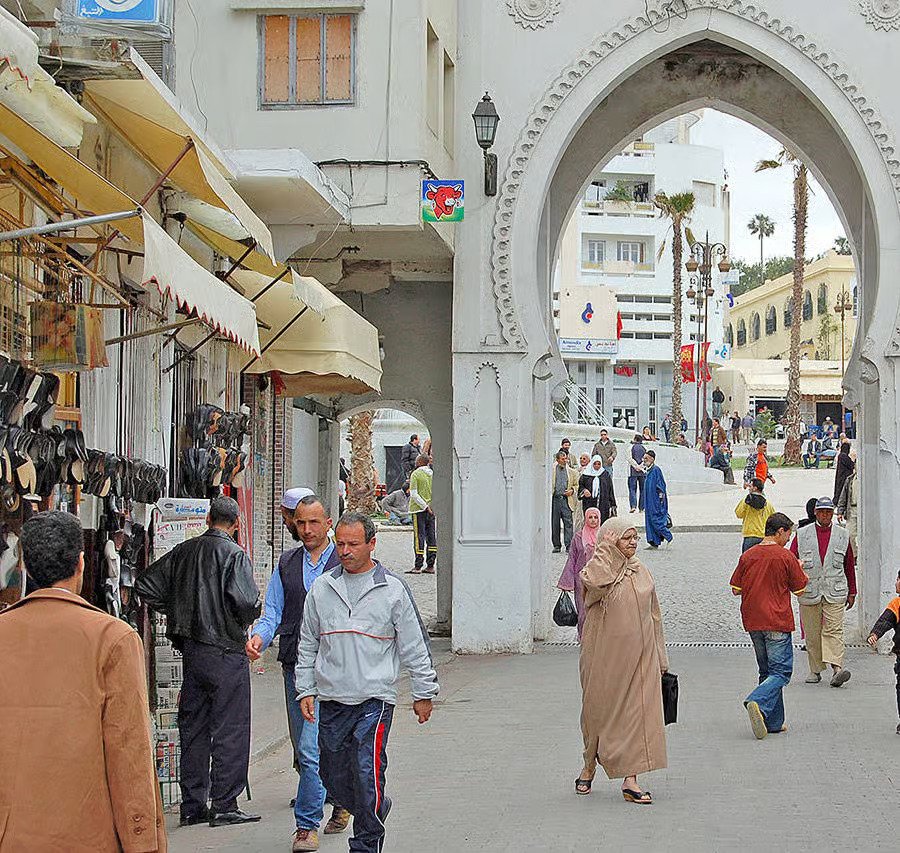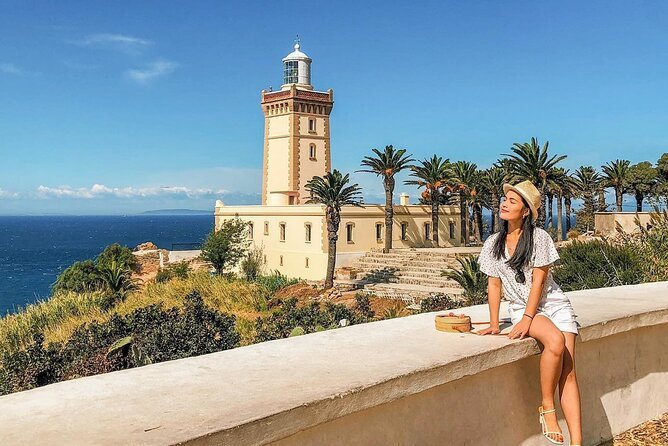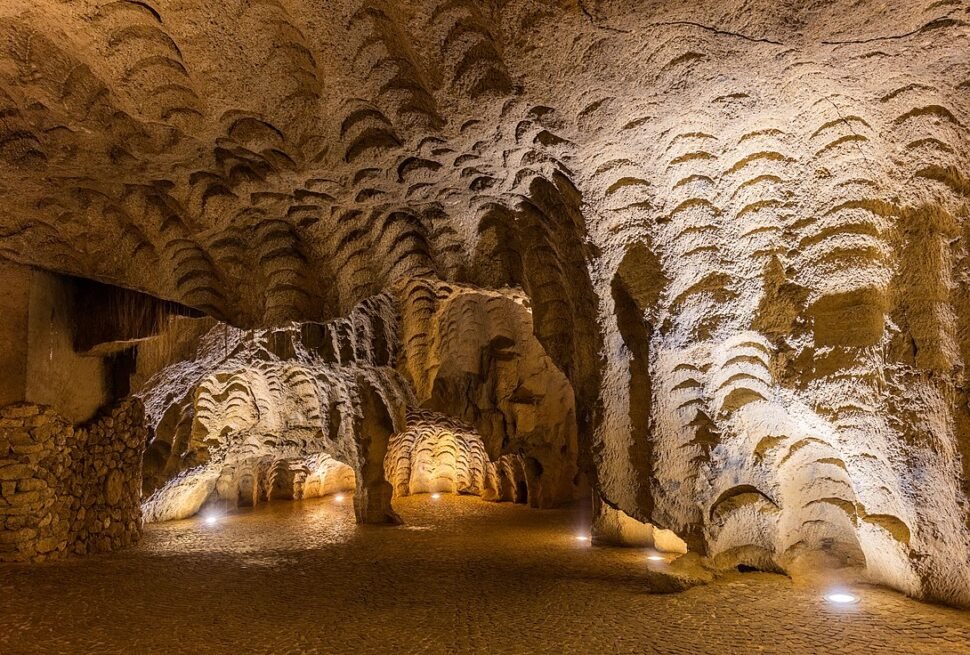“Tangier is not just a city. It’s a set. A lens. A long tracking shot through myth and memory.” Perched on Africa’s northern tip, where the Mediterranean kisses the Atlantic and minarets meet neon, Tangier has always felt like the opening scene of something strange and beautiful. It’s no wonder filmmakers across generations have pointed their cameras here — searching not just for a backdrop, but for atmosphere, mystery, tension, soul.
For decades, Tangier has been more than a location. It has been a mood. A mirage. A metaphor. From spy thrillers to arthouse films, big-budget blockbusters to indie darlings, the city has played roles far beyond its borders. Tangier becomes Casablanca. It becomes Cairo. It becomes the border between chaos and clarity. But in every frame, the city remains unmistakably Tangier — layered, dreamlike, cinematic.
Rewind to the golden age of noir and espionage. The city was already tangled in myth. Its days as an International Zone — from 1923 to 1956 — gave it a surreal, stateless vibe. That made it perfect for shadowy deals, rooftop pursuits, and whispered conversations in dim cafés. Even when the scenes weren’t shot here, they were imagined here.
But many were.
The Bourne Ultimatum (2007) turned Tangier’s medina into an action labyrinth — a blur of fists, footsteps, and rooftops. That famous chase scene? All real. Tangier wasn’t faking it — it was alive, frantic, beautiful.
Then there’s Only Lovers Left Alive (2013). Jim Jarmusch didn’t just set his film here — he sank into it. Tilda Swinton drifts through Tangier like a vampire poet, sipping blood and reciting Rumi in moonlit riads.
In The Forgiven (2021), Ralph Fiennes and Jessica Chastain arrive in a Tangier that is both luxurious and decaying — a city of masks and mirrors. The city doesn’t just appear in the film. It judges it.
Even The Sheltering Sky, Paul Bowles’ existential tale brought to screen in 1990, carries the spirit of Tangier — the ache, the stillness, the dread.
But it’s not all big names. Tangier has quietly become a home for Moroccan filmmakers reclaiming the narrative, for indie directors seeking raw beauty, for documentary crews capturing truth in dusty corners. The city doesn’t ask for a spotlight. It offers atmosphere, if you know how to find it.
You don’t just visit Tangier. You enter a film.
Hotel El Minzah, where stars and directors plotted their scenes over whiskey and sea breezes.
Petit Socco, a square that has been everything — market, opium den, lovers’ crossroads, cinematic stage.
Rue Ibn Khaldoun, where silence feels like dialogue.
Café Hafa, perched above the sea, steeped in smoke and stories, where musicians and moviemakers wrote screenplays on napkins.
Even when the cameras leave, the frames stay.
The city’s geography lends itself to cinema — narrow alleys, crashing waves, sudden fog, layers of colonial, Moorish, and modernist architecture. It’s a sensory feast. A moving shot. Directors have always been drawn to Tangier’s contradictions — the sacred and profane, the decayed and divine, the way shadows stretch longer here.
The stories told in Tangier’s streets echo deeper ones — rebellion, mysticism, forbidden love, exile. Themes too taboo for Hollywood found their home here. Drug use. Spiritual longing. Sexual freedom. Political danger. Tangier didn’t blink. It absorbed them. Reflected them. Amplified them.
Today, the influence lives on — in indie cinema, in film festivals, in dusty cinemas tucked behind spice shops. In the way the light hits a courtyard at dusk. In the way the city moves, like a camera panning slowly toward revelation.
But if you’re just looking for a plaque that says “This scene was filmed here,” you won’t find it. Tangier doesn’t brag. It hides. To truly feel the city’s cinematic soul, you need to go off-script. Ask questions. Wander. Follow a shadow. Let the light guide you. Let the silence speak.
Whether you’re a lifelong film buff, a casual fan, or just someone who’s felt something shift inside during a midnight movie — Tangier will feel familiar. Like a frame you’ve seen before, flickering back to life.
At Tangier360, we are a team of passionate local guides who believe this city is a living film — not just a past, but a pulse. We don’t offer tours. We offer stories. Conversations. Revelations. Our goal is to help you see Tangier the way directors and dreamers have always seen it — as more than a place. As a scene waiting to unfold.
Our cinematic walks reveal the hidden angles — not just where the movies were shot, but why they were drawn here. We share the poetry between the frames. The secrets behind the set. We bring to life the city’s cinematic heart — for travelers who want more than a selfie. For seekers chasing the feeling behind the lens.





